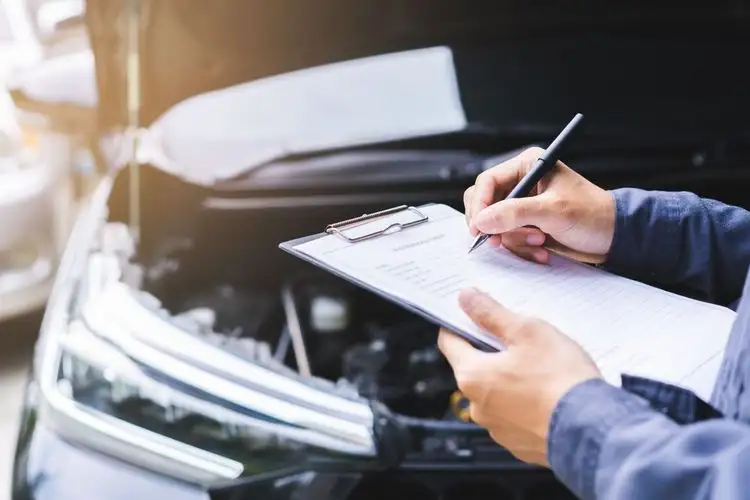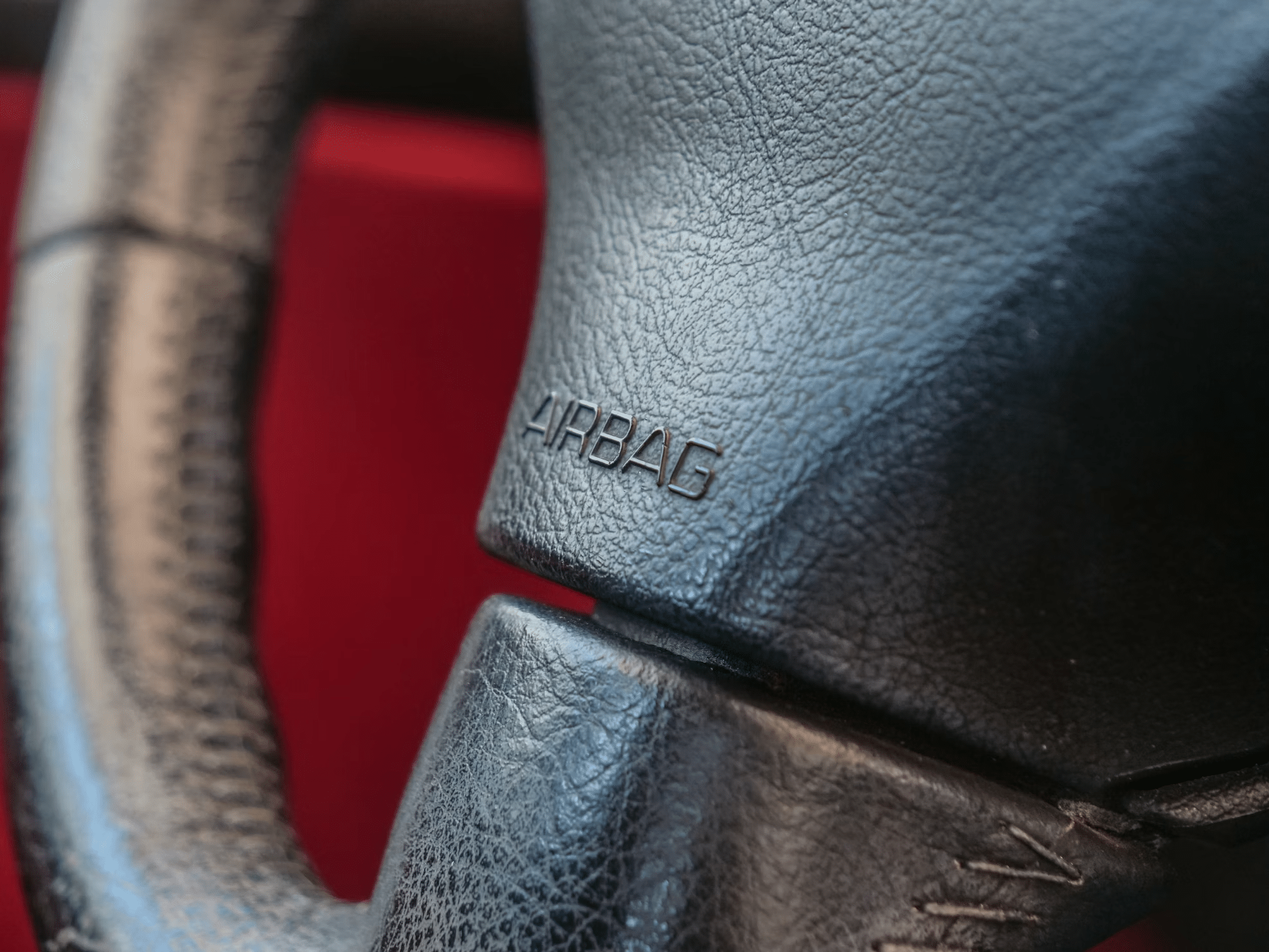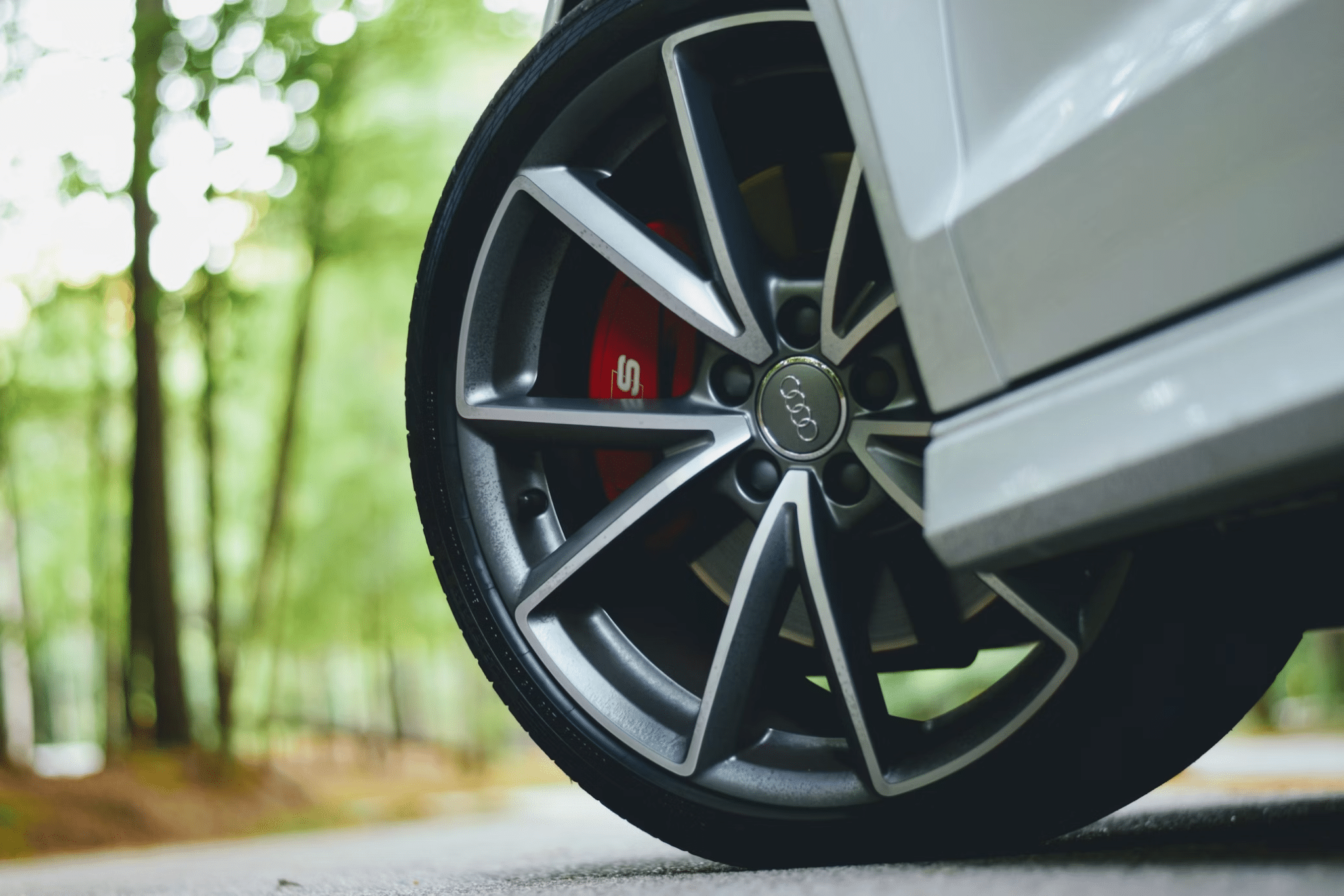When it comes to choosing a used car for your travels, safety should never be compromised. As you embark on adventures the vehicle you choose becomes your safeguard. However, safety assessments go far beyond physical checks. Let’s unwrap all of this:
1. Ask for the Vehicle’s Accident History
A car’s past can significantly impact its safety credentials. Request a vehicle history report to check for any serious accidents that might have compromised the car’s structural integrity. If you have the car’s VIN, you can run your own check using FAXVIN.
Whether you need a Los Angeles VIN check or any other US state, FAXVIN can quickly get you insights into past accidents, damage, ownership, and service history. Be wary of vehicles with a history of significant collisions, as their safety features might not be as reliable.
2. Research Vehicle Safety Ratings
Start with a solid foundation by researching the safety ratings of the vehicles you’re considering. Organizations like the National Highway Traffic Safety Administration (NHTSA) and the Insurance Institute for Highway Safety (IIHS) provide ratings based on comprehensive crash tests. Look for vehicles that have earned high marks in frontal impact, side impact, and rollover tests.
3. Check for Essential Safety Features
Modern cars are equipped with a plethora of safety features, but not all used cars will have the latest technology. Focus on essential safety features that have proven to make a significant difference in accident prevention and protection:
- Airbags: Ensure the vehicle has front and side airbags at a minimum. More recent models may also have curtain airbags for additional protection.
- Anti-lock Braking System (ABS): ABS prevents the wheels from locking up during braking, especially under slippery conditions, allowing the driver to maintain steering control.
- Electronic Stability Control (ESC): This feature helps prevent skidding and loss of control by automatically applying brakes to individual wheels, a lifesaver in tricky driving conditions.
4. Inspect the Condition of Safety Equipment
When viewing a used car, inspect the condition of its safety features. Check that seat belts are not frayed or damaged and that airbags are intact (most cars have an indicator light to show if there’s a problem with the airbag system). Test the brakes to ensure they feel responsive and strong.
5. Consider Advanced Safety Technologies
If your budget allows, look for used cars that come with advanced safety technologies that can prevent accidents before they happen. Features like forward collision warning, automatic emergency braking, lane departure warning, and adaptive cruise control have become more common and can be found in newer used cars.
6. Get a Professional Inspection
Before finalizing your purchase, have the vehicle inspected by a professional mechanic. They can assess the condition of the car’s safety features and overall integrity, giving you a clearer picture of its safety profile.
7. Stay Informed About Recalls
Check if the car has any outstanding recalls that affect its safety features. Manufacturers are required to fix these issues free of charge, but it’s up to you to ensure these repairs have been made on a used vehicle.
Wrapping Up
Choosing a used car with robust safety features is not just about compliance with safety standards; it’s a commitment to your and your fellow travelers’ well-being. Taking the time to evaluate a vehicle’s safety credentials. Remember, the best journeys are those that bring you home safe and sound.











